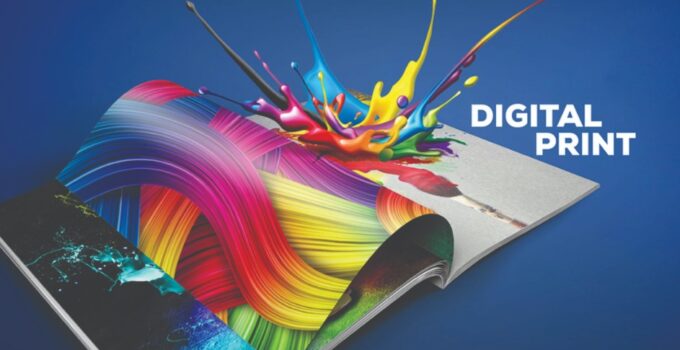Digital printing has revolutionized the world of printing, allowing for quick and efficient production of a wide range of products. With the advancement of technology, digital printing has become incredibly versatile, opening up a world of opportunities for businesses and individuals alike.
In this article, we will explore the basics of digital printing, its impact on various industries, future trends, and guide you through the process of choosing the right digital printing services for your needs.
Page Contents
Understanding the Basics of Digital Printing
Before delving into the versatility and impact of digital printing, it is essential to understand the basics of this printing method. Digital printing has come a long way since its inception. Initially, digital printing was limited to simple inkjet printing, producing basic prints on paper. However, with advancements in technology, digital printing has evolved significantly.
The Evolution of Digital Printing
One of the significant milestones in digital printing was the development of laser printers, which introduced higher-quality prints and faster speeds. This innovation laid the foundation for the modern digital printing we know today. From inkjet to laser printing, digital printing has undergone continuous improvements in print quality and speed.
In recent years, with the introduction of industrial-scale digital printers, even larger and more complex products can be manufactured. These printers can handle various materials, bringing digital printing beyond traditional paper printing.
Key Components of Digital Printing
Understanding the key components of digital printing helps us appreciate the versatility it offers. Digital printing involves a combination of hardware, software, and consumables.
The hardware includes the printer itself, which determines the size, speed, and capabilities of the printed output. Additionally, the software plays a crucial role in translating digital files into printable formats, ensuring accurate representation on the printed product.
Consumables, such as ink or toner cartridges and substrates (materials to be printed on), are also essential components. The type of ink or toner and the choice of substrate greatly impact the final result, allowing for customization and versatility in digital printing.
The Versatility of Digital Printing Services
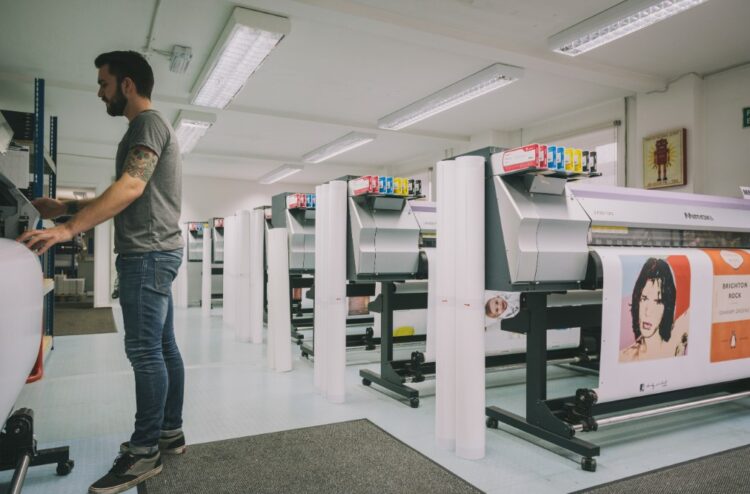
Source: wottonprinters.co.uk
Digital printing services offer immense versatility in terms of the range of materials that can be printed on and the level of customization that is possible. This flexibility has transformed various industries and empowered businesses with new opportunities.
Wide Range of Materials for Digital Printing
One of the primary advantages of digital printing is its ability to print on a wide variety of materials. From traditional paper and cardboard to fabric, metal, plastic, and even wood, digital printing enables businesses to explore new possibilities. The versatility of digital printing has made it a valuable tool for creating signage, packaging, promotional materials, and more.
Customization Opportunities in Digital Printing
Digital printing offers unparalleled customization options. With the ability to print individualized designs, text, or images, businesses can create personalized products that resonate with their target audience. This includes versatile applications such as sticker printing, allowing businesses to create unique marketing materials and customized apparel, ultimately helping them stand out in a crowded marketplace.
Additionally, digital printing enables on-demand printing, reducing waste and costs associated with traditional offset printing. Whether it’s printing a single item or a small batch, digital printing provides flexibility and cost-effectiveness.
The Impact of Digital Printing on Various Industries
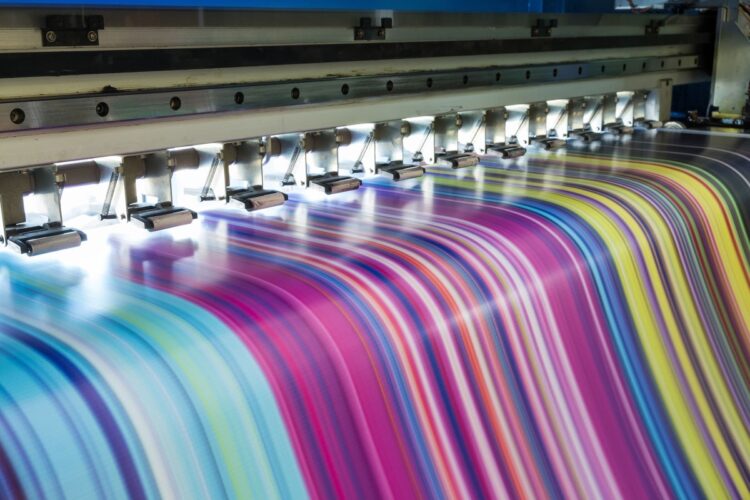
Source: xerox.com
Digital printing has made a significant impact on various industries, transforming the way products are manufactured, marketed, and distributed. Let’s explore the influence of digital printing in the fashion industry and the publishing sector.
Digital Printing in the Fashion Industry
The fashion industry has embraced digital printing for its ability to produce intricate designs and patterns on fabrics. With digital textile printers, designers can create unique prints quickly and efficiently. Digital printing has also enabled the rise of custom-made clothing, allowing individuals to express their style.
Digital Printing in the Publishing Sector
The publishing sector has experienced a revolution due to digital printing. Print-on-demand technology has made it easier for authors and publishers to produce books in smaller quantities, reducing inventory costs and eliminating the need for bulk printing. Furthermore, digital printing has opened up opportunities for self-publishing, empowering authors to bring their works to market independently.
Future Trends in Digital Printing
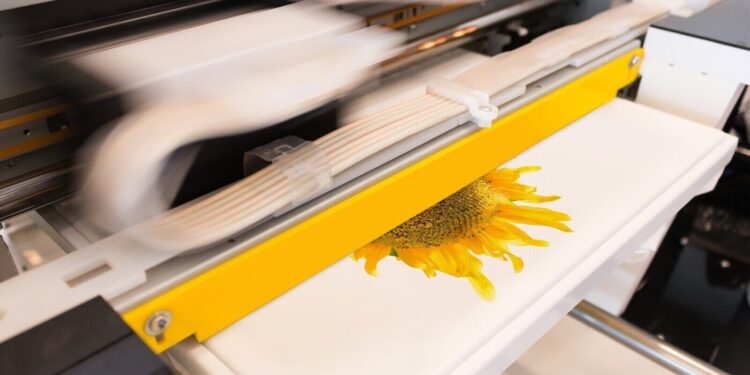
Source: professionalgraph.com
The future of digital printing holds exciting possibilities. Technological advancements continue to enhance print quality, speed, and versatility.
Technological Advancements in Digital Printing
Advancements in inkjet technology have led to the development of high-resolution printing, making digital prints almost indistinguishable from traditional offset prints. The integration of variable data printing (VDP) allows for further personalization, enabling businesses to tailor their marketing campaigns to specific individuals.
Sustainability and Digital Printing
Sustainability is an increasingly important consideration in many industries, including printing. Digital printing presents a more sustainable alternative to traditional printing methods due to reduced waste and energy consumption. The use of eco-friendly inks and substrates also contributes to minimizing the environmental impact of printing operations.
Choosing the Right Digital Printing Service
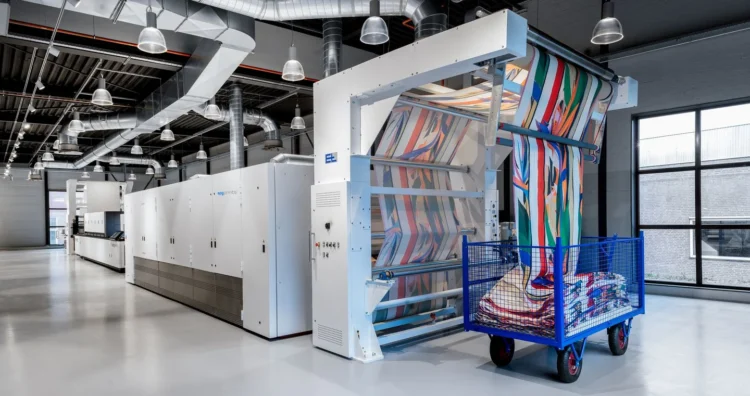
Source: spgprints.com
When selecting a digital printing service, several factors need to be considered to ensure the best results for your specific needs.
Factors to Consider When Selecting a Digital Printing Service
First and foremost, it is essential to assess the capabilities and equipment of the digital printing service provider. Consider factors such as the range of materials they can print on, their production capacity, and the quality of their output.
Furthermore, evaluate the level of customization they offer, as well as their ability to handle complex designs and artwork. Customer reviews and testimonials can provide valuable insights into the quality and reliability of a digital printing service.
Understanding the Cost of Digital Printing Services
Finally, it is crucial to have a clear understanding of the cost structure of the digital printing service. Factors such as print volume, material choice, and finishing options can influence the final cost. Obtaining detailed quotes and comparing them across multiple service providers will help ensure you receive the best value for your investment.
From its humble beginnings to its current versatility and future potential, digital printing has transformed the printing industry. With its wide range of materials, customization capabilities, and impact on various industries, digital printing offers endless possibilities for businesses and individuals alike.
As technology continues to advance and printing services become increasingly accessible, the opportunities for creative expression and production will only continue to grow. By understanding the basics, exploring the impact across industries, staying updated on future trends, and choosing the right digital printing service, you can harness the power of digital printing to bring your ideas to life and transform pixels into remarkable products.

